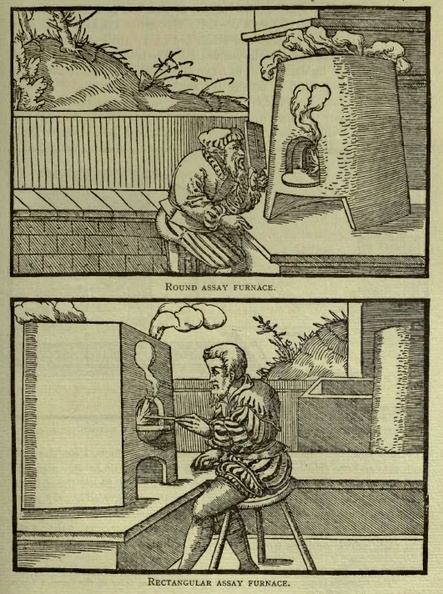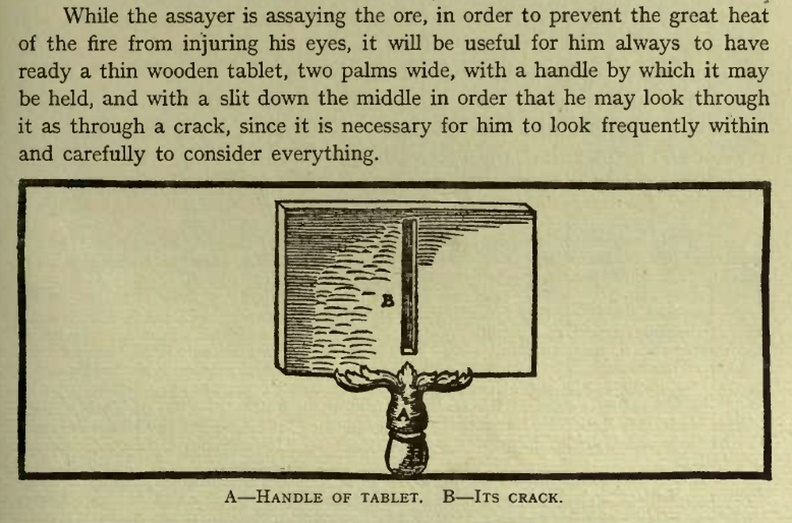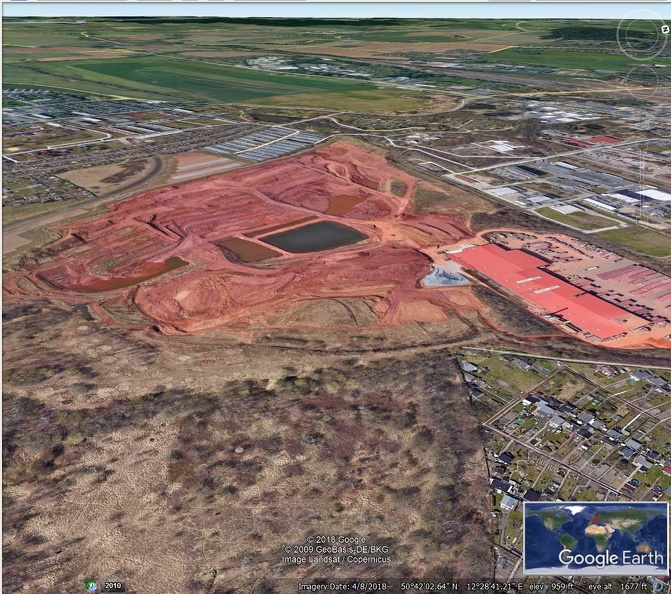Post by 1dave on Jan 10, 2019 1:35:22 GMT -5
For over 180 years with its 422 illustrations, THIS was THE book on mining and assaying.
The first 34 illustrations are about the ore veins his miner friends were exploiting.
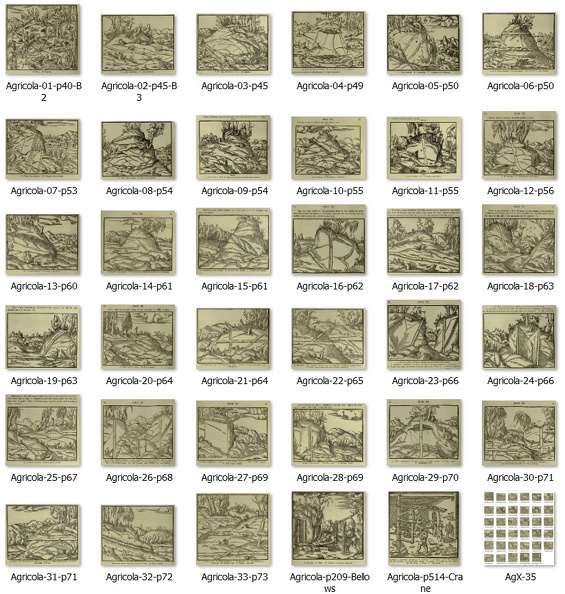
You can download your copy here:
ia800201.us.archive.org/27/items/georgiusagricola00agririch/georgiusagricola00agririch.pdf
Agricola entered the University of Leipsic at the age of twenty, and after about three and one-half years' attendance there gained the degree of Baccalaureus Artium. In 1518 he became Vice-Principal of the Municipal School at Zwickau, where he taught Greek and Latin. In 1520 he became Principal, and among his assistants was Johannes Forster, better known as Luther's collaborator in the translation of the Bible.
In 1522 he removed to Leipsic to become a lecturer in the University under his friend, Petrus Mosellanus, at whose death in 1524 he went to Italy for the further study of Philosophy, Medicine, and the Natural Sciences. Here he remained for nearly three years, from 1524 to 1526.
In 1526 Agricola returned to Zwickau, and in 1527 he was chosen town physician at Joachimsthal. This little city in Bohemia is located on the eastern slope of the Erzgebirge, in the midst of the then most prolific metal mining district of Central Europe. Thence to Freiberg is but fifty miles, and the same radius from that city would include most of the mining towns so frequently mentioned in De Re Metallica - Schneeberg, Geyer, Annaberg and Altenberg and not far away were Marienberg, Gottesgab, and Flatten.
Joachimsthal was a booming mining camp, founded but eleven years before Agricola's arrival, and already having several thousand inhabitants. According to Agricola's own statement, he spent all the time not required for his medical duties in visiting the mines and smelters, making drawings and reading up in the Greek and Latin authors all references to mining, and in association with the most learned among the mining folk. Among these was one Lorenz Berman, whom Agricola called the "learned miner."
This is the July 1, 1912 Hoover Translation - translated by the future US President Herbert Clark
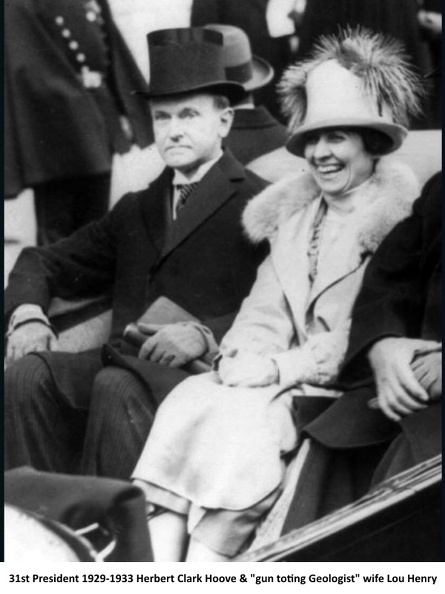
Nearly every detail of the works Agricola observed is clearly covered in the text and his illustrations.
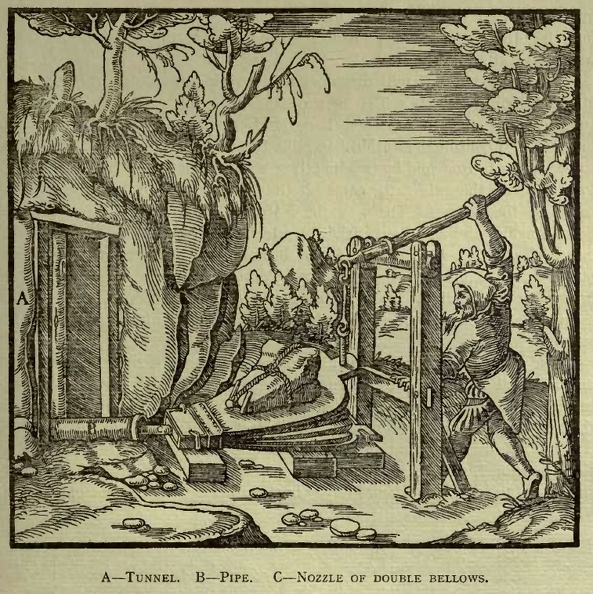
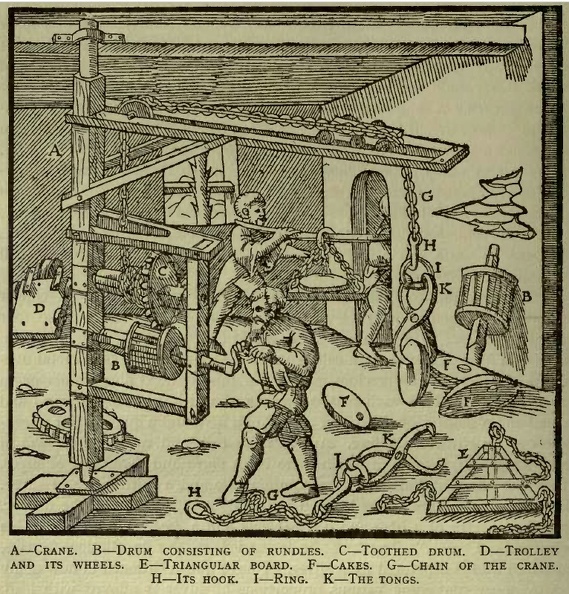
The first 34 illustrations are about the ore veins his miner friends were exploiting.

You can download your copy here:
ia800201.us.archive.org/27/items/georgiusagricola00agririch/georgiusagricola00agririch.pdf
Georg Bauer (or Pawer) was born at Glauchau in Saxony in 1494 just two years after Columbus "sailed the ocean blue."
Many authors of the time "Latinised" their names in their published works. Bauer means ‘peasant’ or ‘farmer’ in German so the Latin noun for farmer, Agricola, was used by his contemporaries and he is known to history as Georgius Agricola.
Agricola entered the University of Leipsic at the age of twenty, and after about three and one-half years' attendance there gained the degree of Baccalaureus Artium. In 1518 he became Vice-Principal of the Municipal School at Zwickau, where he taught Greek and Latin. In 1520 he became Principal, and among his assistants was Johannes Forster, better known as Luther's collaborator in the translation of the Bible.
In 1522 he removed to Leipsic to become a lecturer in the University under his friend, Petrus Mosellanus, at whose death in 1524 he went to Italy for the further study of Philosophy, Medicine, and the Natural Sciences. Here he remained for nearly three years, from 1524 to 1526.
In 1526 Agricola returned to Zwickau, and in 1527 he was chosen town physician at Joachimsthal. This little city in Bohemia is located on the eastern slope of the Erzgebirge, in the midst of the then most prolific metal mining district of Central Europe. Thence to Freiberg is but fifty miles, and the same radius from that city would include most of the mining towns so frequently mentioned in De Re Metallica - Schneeberg, Geyer, Annaberg and Altenberg and not far away were Marienberg, Gottesgab, and Flatten.
Joachimsthal was a booming mining camp, founded but eleven years before Agricola's arrival, and already having several thousand inhabitants. According to Agricola's own statement, he spent all the time not required for his medical duties in visiting the mines and smelters, making drawings and reading up in the Greek and Latin authors all references to mining, and in association with the most learned among the mining folk. Among these was one Lorenz Berman, whom Agricola called the "learned miner."
De Re Metallica was published just forty years after Gutenberg's first book was printed.
This is the July 1, 1912 Hoover Translation - translated by the future US President Herbert Clark
Hoover, who was a mining engineer by profession, and his wife Lou Henry, a geologist and Latinist.

Lou had seen a copy of De re metallica in London in 1905 and, for the next five years, she and her husband worked on translating it.
Nearly every detail of the works Agricola observed is clearly covered in the text and his illustrations.



